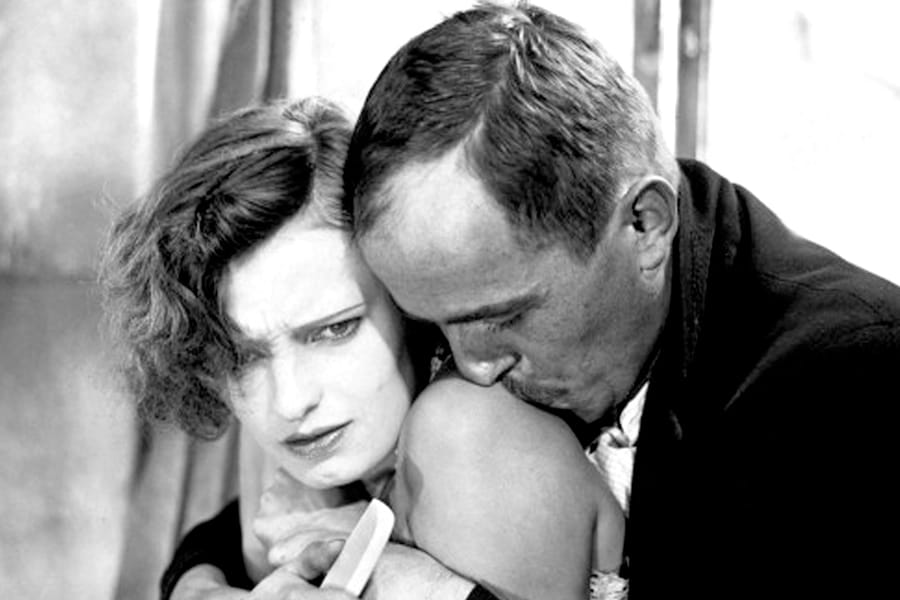
The San Francisco Silent Film Festival returns next week, with a lineup of 23 programs over five days representing a cross section of the silent era. Among the live musicians who will be providing the scores for them is composer and bassist Sascha Jacobsen, along with his band, the Musical Art Quintet. He founded the string ensemble a decade ago, and they’ll be accompanying the 1929 German film Mother Krause’s Journey to Happiness next Friday night.
There’s more information at the San Francisco Silent Film Festival website.
Describing his process for scoring films, Jacobsen says: ” I watch the film without any sound. I don’t want to get any ideas from anybody else, or what they might have done. So I watch the film, I take notes, and I try to understand the characters. Really what I’m going for is setting the right mood for each scene. Happy or sad, or scary, and then I’ll write a theme, and I usually write a melody and chord changes, and then I orchestrate it very simply and then during the film, we’ll actually improvise the accompaniment.” Notating parts for five instruments for a two hour movie would be too monumental a task, and this way, they’re able to have more flexibility. “The first film that I did for them, which was Diary of a Lost Girl, that was the first film that I composed the score for. And I had every cue with a time code telling me when to go to the next cue. That was pretty complicated, and I just realized the best thing was for me to just know the film well enough to direct the group in the moment.” He’s able to get a varied sound from the players – more so than a single pianist would. “I have a string quintet, and so have a lot of variation between having all the instruments, having maybe a solo instrument for a while, using a lot of sound effects, percussion on the instruments. Just using as many orchestrating techniques, really having a lot of different themes to choose from, and then changing those themes, like changing it from minor to major, and modulating it, and changing the time signature.”







